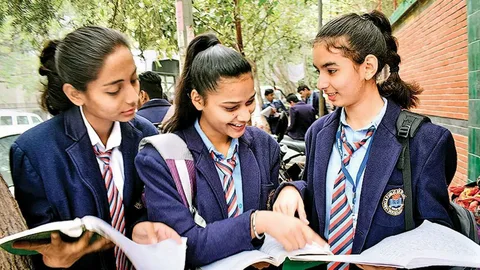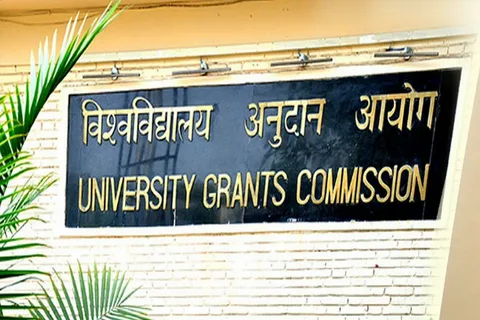
Understudies are currently admitted once per year, during a single academic meeting that begins in July or August. Colleges will be able to admit undergraduates to graduate, postgraduate, and PhD programs in two cycles thanks to the UGC’s decision, in July/August and January/February.
M Jagadesh Kumar, Chairman of the UGC, claims that students who missed the July/August session for personal reasons, board exam results delays, or health issues may benefit from this move. (Express photograph) Since July/August and January/February of each year, the College Awards Commission (UGC) has allowed schools to award students. According to the UGC, semiannual confirmations will allow schools to choose their affirmation cycles based on available resources and personnel. The new system is not required to be implemented by universities.
Modification of the current procedure Students are admitted once per year, during a single academic session that begins in July or August. The UGC’s decision means that universities will be able to admit students to undergraduate, graduate, and PhD programs in two cycles—in July/August and January/February.
In some nations, where universities admit students twice a year and have distinct admission cycles for the courses they offer, the new system may allow universities to keep up with these cycles. In the United States, universities have “intakes” in the fall, when classes begin in August or September, and in the spring, when classes begin in January.
The biannual admission procedure for open, distance, and online programs has already been tried by the UGC. “Permitting a second academic session in a year has helped nearly 500,000 students join their degree programs without waiting for one full academic year,” the study found. This is the processes purpose and benefits.
M Jagadesh Kumar, Executive of the UGC, claims that this could be helpful to understudies who missed the July/August meeting because of individual reasons, postpones in board test results, or medical problems. Because admissions open twice a year, they don’t have to wait a whole year to apply again.
As indicated by Kumar, Indian colleges “can improve their global joint efforts and understudy trades” because of the utilization of a semiannual confirmations framework.
Additionally, he has stated that the “gross enrolment ratio” (GER) may rise as a result of this system. GER for higher education is the ratio of students enrolled to the population of age groups eligible for higher education.
What are the institutions’ next steps? It will be up to the universities’ academic and executive councils to decide whether or not to open admissions twice a year. The colleges should conclude which programs they will propose for semiannual affirmation. Infrastructure and faculty availability will be crucial during the two admission cycles.
Despite the fact that the UGC has permitted higher education institutions to admit students twice a year beginning with the upcoming academic year, Delhi University Vice Chancellor Yogesh Singh noted that admissions for the upcoming session have already begun.
Kumar, the administrator, stated: We are making this provision; it is possible that it will not occur immediately. It’s conceivable that the colleges should deal with their personnel and framework needs prior to making a drawn out plan.
According to Singh, the school is open to the idea and may initially implement it for a few projects before extending it to other students.
Furthermore, there is the issue of confirmations in light of placement tests. Kumar stated that they might be “beneficial to students” to conduct them twice a year.





